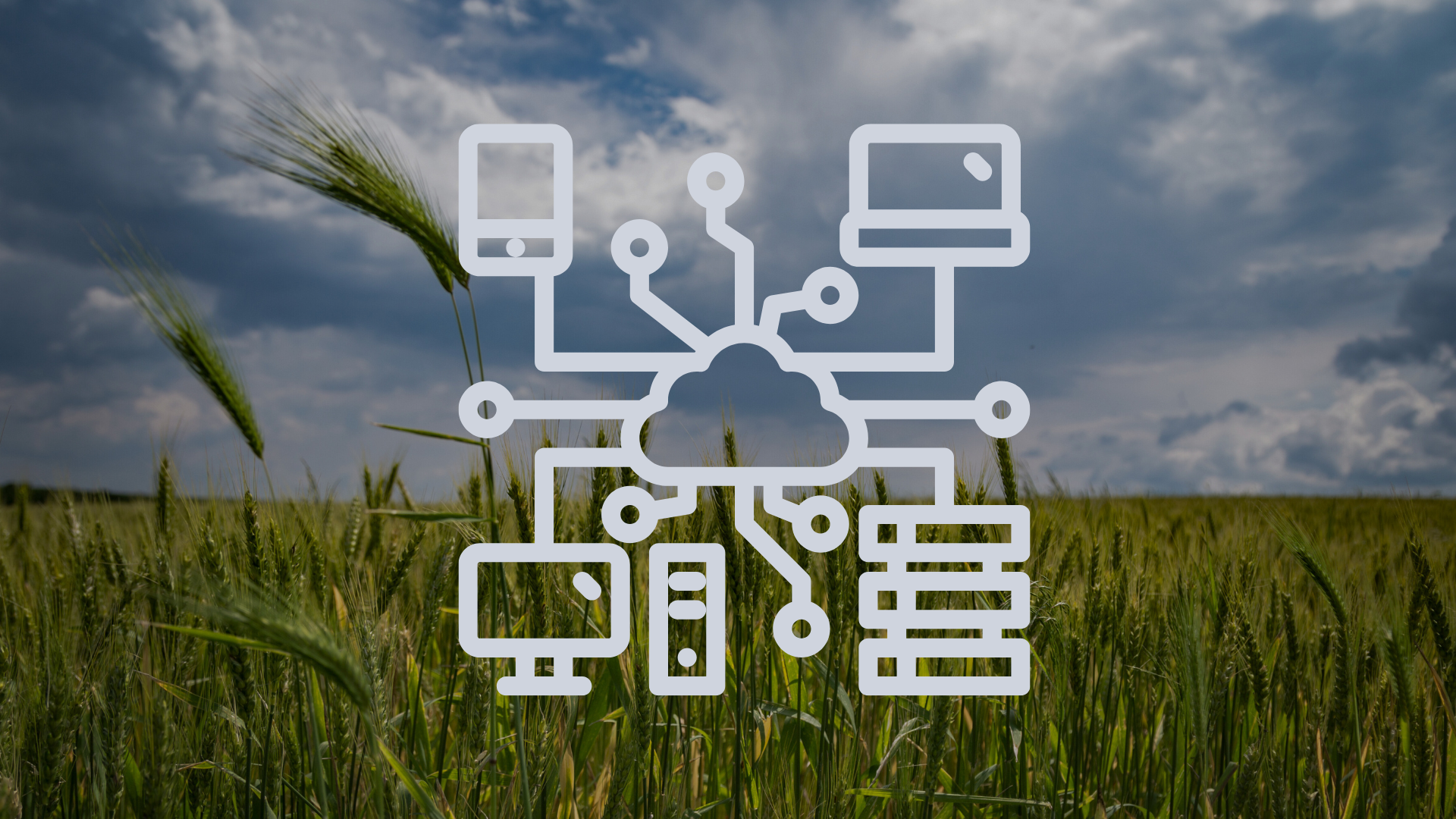The EURISCO-EVA Information System, an innovative approach to the data management of multi-site crop evaluation data
Main Article Content
Abstract
This paper introduces EURISCO-EVA, an extension of the European Search Catalogue for Plant Genetic Resources (EURISCO) hosted at and maintained by IPK Gatersleben on behalf of the European Cooperative Programme for Plant Genetic Resources (ECPGR). This information system facilitates standardized data collection, sharing and analysis for plant genetic resources for food and agriculture (PGRFA) characterization and evaluation. In the framework of the European Evaluation Network (EVA), public–private partnerships aiming at the evaluation of crop accessions conserved in European genebanks, EURISCO-EVA provides a standardized data repository for multi-site evaluations of different crops. Through centralizing metadata maintenance, EURISCO-EVA ensures uniformity in trait definitions, experimental designs and passport data, promoting the efficient exchange of observed phenotypic data. EURISCO-EVA currently stores more than half a million phenotypic data points for 4,845 PGRFA accessions from 6 genera and 17 species, collected through 382 phenotypic experiments conducted at 115 experimental locations across 33 countries, involving 89 project partners. This platform offers a user-friendly web interface, empowering users with features such as map-based filtering of trial locations, statistical overviews and customizable reports. EURISCO-EVA’s robust administrative functionalities, coupled with standardization efforts, enhance data quality and harmonization, providing a robust and scalable system for storage of and access to crop evaluation data that could be further enhanced by adding analysis modules. EURISCO-EVA also formed the basis for the data management of two research projects (AGENT and INCREASE) under the EU Horizon 2020 funding programme, providing the background organization of complex datasets used to address future challenges in European agriculture.
Article Details

This work is licensed under a Creative Commons Attribution 4.0 International License.
Authors retain copyright of the articles published in Genetic Resources and grant the journal right of first publication with open access. All articles published in Genetic Resource are licensed under Creative Commons Attribution 4.0 International License (CC BY 4.0) that allows others to download, share and adapt the work for commercial and non-commercial purposes as long as proper attribution to the original article is given. Genetic Resources permits and encourages authors to post items submitted to the journal (including the publisher's final layout) on personal websites or institutional repositories after acceptance and/or publication, while providing bibliographic details that credit their publication in Genetic Resources.
Alercia, A, S Diulgheroff, and M Mackay (2015). FAO/Bioversity Multi-Crop Passport Descriptors V.2.1 [MCPD V.2.1] - December 2015. URL: https://hdl.handle.net/10568/69166.
Balconi, C et al. (2024). “Genetic and Phenotypic Evaluation of European Maize Landraces as a Tool for Conservation and Valorization of Agrobiodiversity”. Biology 13(6), pp. 454–454. DOI: https://doi.org/10.3390/biology13060454.
Bian, X et al. (2017). The Grassroots life science data infrastructure. URL: https://grassroots.tools.
Cockel, C et al. (2022). “The importance of conserving crop wild relatives in preparing agriculture for climate change”. CABI Reviews. DOI: https://doi.org/10.1079/cabireviews202217031.
C´wiek-Kupczyn´sk, H, T Altmann, and D Arend (2016). “Measures for interoperability of phenotypic data: minimum information requirements and formatting”. Plant Methods 12, 44. DOI: https://doi.org/10.1186/s13007-016-0144-4.
ECPGR, GenRes Bridge Project Consortium, ERFP & EUFORGEN (2021). Genetic Resources Strategy for Europe. URL: https://www.genresbridge.eu/fileadmin/templates/Genres/Uploads/Documents/Publications/GenRes_GRSE_publication_2022_web.pdf.
Goritschnig, S et al. (2023). “Exploring European carrot diversity through public-private partnerships in EVA Carrot”. Acta Horticulturae 1384, pp. 63–70. DOI: https://doi.org/10.17660/ActaHortic.2023.1384.8.
Guzzon, F and N M G Ardenghi (2018). “Could taxonomic misnaming threaten the ex situ conservation and the usage of plant genetic resources?” Biodiversity and Conservation 27, pp. 1157–1172. DOI: https://doi.org/10.1007/s10531-017-1485-7.
Khoury, C, B Laliberté, and L Guarino (2010). “Trends in ex situ conservation of plant genetic resources: a review of global crop and regional conservation strategies”. Genetic Resources and Crop Evolution 57, pp. 625–639. DOI: https://doi.org/10.1007/s10722-010-9534-z.
King, J et al. (2024). “Wheat genetic resources have avoided disease pandemics, improved food security, and reduced environmental footprints: A review of historical impacts and future opportunities”. Global Change Biology 30. DOI: https://doi.org/10.1111/gcb.17440.
Kotni, P et al. (2023). “EURISCO update 2023: the European Search Catalogue for Plant Genetic Resources, a pillar for documentation of genebank material”. Nucleic Acids Research 51(D1), pp. 1465–1469. DOI: https://doi.org/10.1093/nar/gkac852.
Krajewski, P et al. (2015). “Towards recommendations for metadata and data handling in plant phenotyping”. J. Exp. Bot 66(18), pp. 5417–5427. DOI: http://doi.org/10.1093/jxb/erv271.
McCouch, S et al. (2013). “Feeding the future”. Nature 499, pp. 23–24. DOI: https://doi.org/10.1038/499023a.
Papoutsoglou, E A, I N Athanasiadis, et al. (2023). “The benefits and struggles of FAIR data: the case of reusing plant phenotyping data”. Scientific Data 10, pp. 457–457. DOI: https://doi.org/10.1038/s41597-023-02364-z.
Papoutsoglou, E A, D Faria, et al. (2020). “Enabling reusability of plant phenomic datasets with MIAPPE 1.1”. New Phytologist 227, pp. 260–273. DOI: https://doi.org/10.1111/nph.16544.
Pixley, K V et al. (2023). “Redesigning crop varieties to win the race between climate change and food security”. Molecular Plant 2(10), pp. 1590–1611. DOI: https://doi.org/10.1016/j.molp.2023.09.003.
Sanchez, D et al. (2023). “Improving the use of plant genetic resources to sustain breeding programs’ efficiency”. PNAS 120. DOI: https://doi.org/10.1073/pnas.2205780119.
Shaw, P D et al. (2017). “Germinate 3: Development of a Common Platform to Support the Distribution of Experimental Data on Crop Wild Relatives”. Crop Science 57, pp. 1259–1273. DOI: https://doi.org/10.2135/cropsci2016.09.0814.
Tripodi, P et al. (2023). “Development and application of Single Primer Enrichment Technology (SPET) SNP assay for population genomics analysis and candidate gene discovery in lettuce”. Frontiers in Plant Science 14, pp. 1252777–1252777. DOI: https://doi.org/10.3389/fpls.2023.1252777.
Weise, S, M Oppermann, et al. (2017). “EURISCO: The European search catalogue for plant genetic resources”. Nucleic Acids Research 45(D1), pp. D1003–D1008. DOI: https://doi.org/10.1093/nar/gkw755.
Weise, S, U Lohwasser, and M Oppermann (2020). “Document or Lose It-On the importance of information management for genetic resources conservation in genebanks”. Plants 9(8), p. 1050. DOI: https://doi.org/10.3390/plants9081050.
Wilkinson, M, M Dumontier, and I Aalbersberg (2016). “The FAIR Guiding Principles for scientific data management and stewardship”. Sci Data 3. DOI: https://doi.org/10.1038/sdata.2016.18.







 This journal has been conceived as part of the
This journal has been conceived as part of the